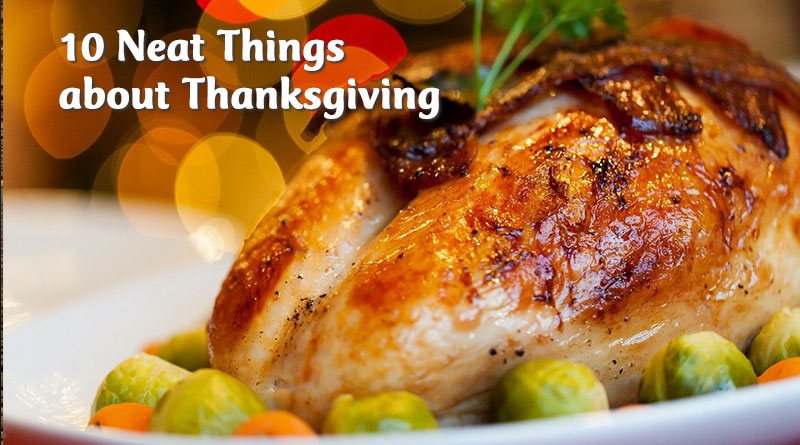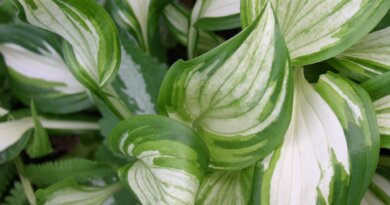About Thanksgiving
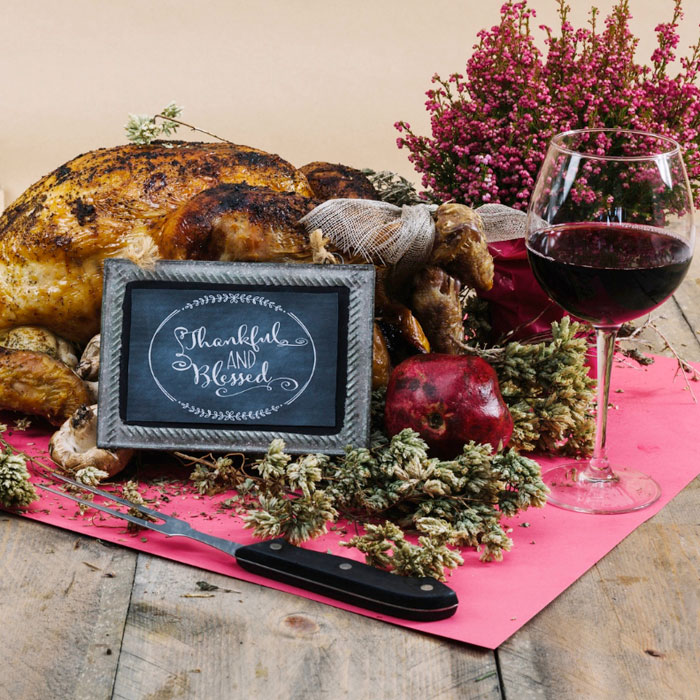
1. Canadian Thanksgiving.
It has been held on various dates from May to November, and it doesn’t have the same legendary beginnings as the American Thanksgiving. After World War I, it was held on the Monday of the week of Remembrance Day (which was then called Armistice Day). In the 1930s, the date changed to the second Monday in October and was redeclared each year. In 1957, the Federal Government made the holiday official, with Governor General Vincent Massey proclaiming it “A Day of General Thanksgiving to Almighty God for the bountiful harvest with which Canada has been blessed.” Although it’s a federal holiday, it isn’t a statutory holiday in the Atlantic Provinces.
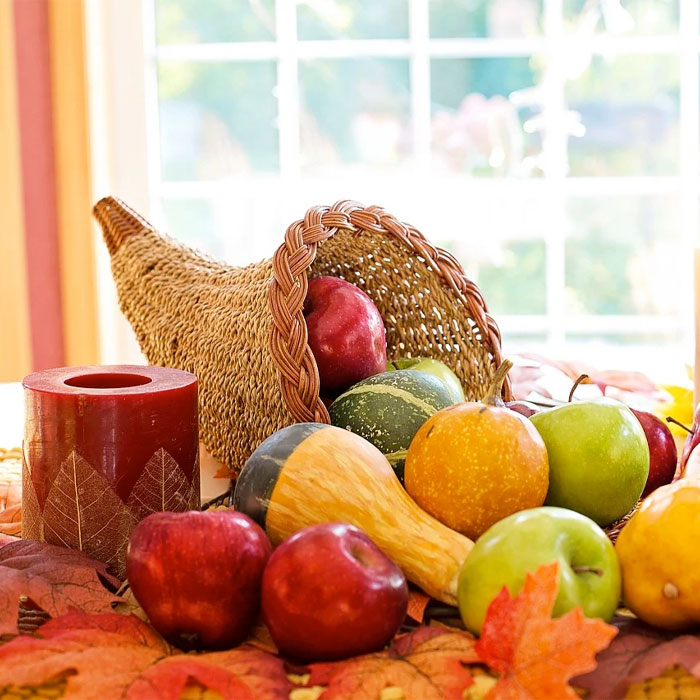
2. Cornucopia.
The cornucopia, or horn of plenty, has its origin in ancient Greece. According to mythology, it was a goat’s horn with magical powers that would grant the bearer whatever he wished. Today it’s usually depicted as a horn-shaped wicker basket. Good thing: all those fruits and vegetables wouldn’t fit in a goat horn.
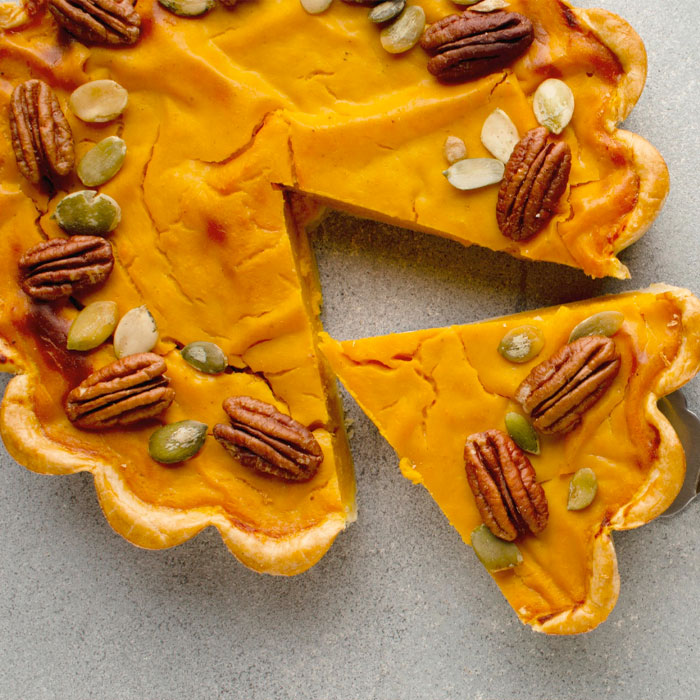
3. Pumpkins.
Pumpkin pie may have been different in England, according to an 1840 report from Massachusetts: “When the fruit is ripe, they cut a hole on one side, and having taken out the seeds, fill the void space with sliced apples, adding a little sugar and spice, and then, having baked the whole, eat it with butter, under the name of pumpkin pie.” This seems to have been a limited variation, though; pie has a very long history of including pastry.
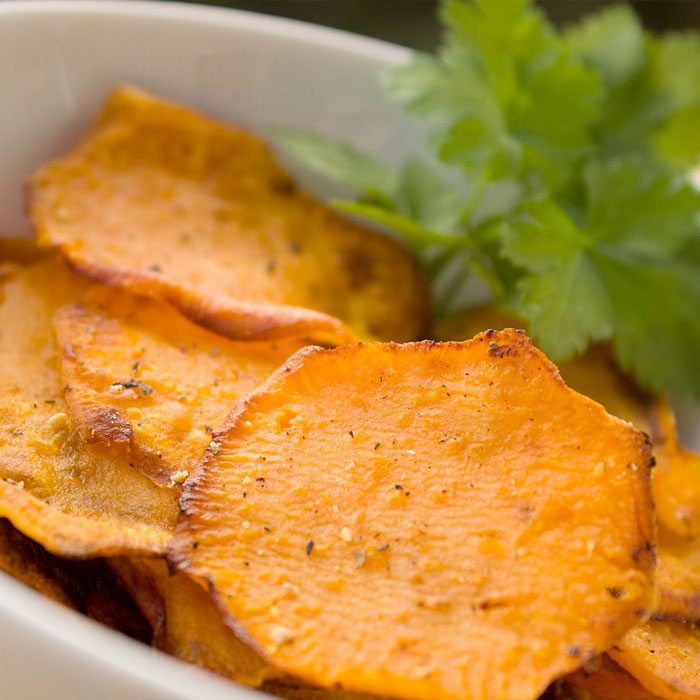
4. Sweet potatoes.
These orange tubers (there are other colours, but orange seems to be the favourite in commercial production these days) are native to South America, where they’ve been cultivated for at least 5,000 years. Bizarrely, they have also been cultivated in Polynesia for at least 1,000 years, evidence of the possibility that Polynesians travelled across thousands of miles of wide-open ocean—and back—to South America in their open boats.
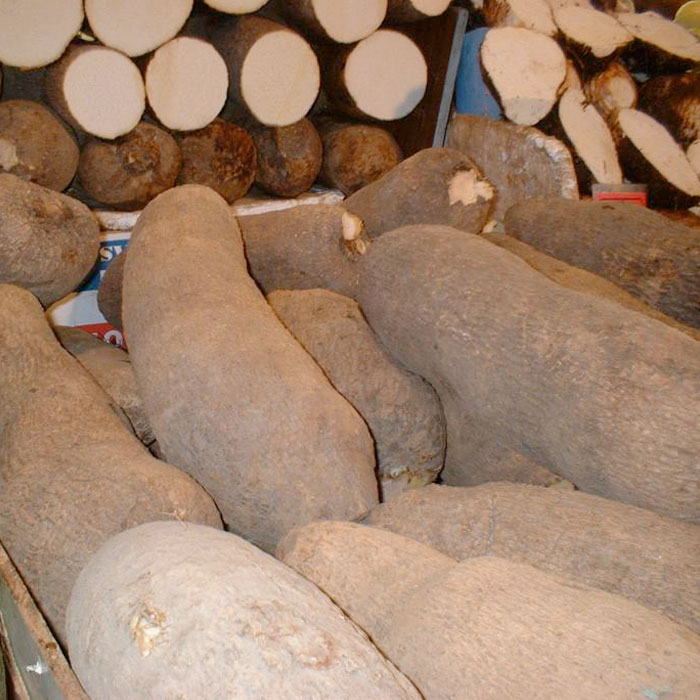
5. Yams.
The yams most of us eat at Thanksgiving are technically sweet potatoes. Yams are an African tuber. Slaves in the Americas, finding sweet potatoes reminiscent of yams, called them that and the name stuck. Aside from the colour difference, yams are a lot bigger than sweet potatoes, typically harvested at 10 to 20 pounds.
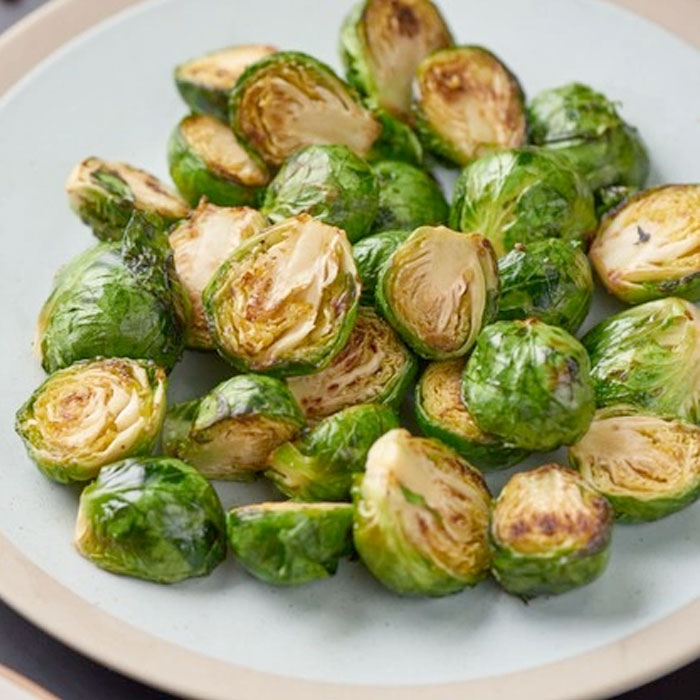
6. Brussels sprouts.
These got their name because they have been cultivated in Brussels since the 13th century. If you’ve never seen them growing, their form might surprise you: the little cabbages grow along a tall, thick stalk with big leaves; one sprout grows at each leaf node. They take a while from seeding to harvest, but that works out quite well because Brussels sprouts taste better when harvested after a light frost.
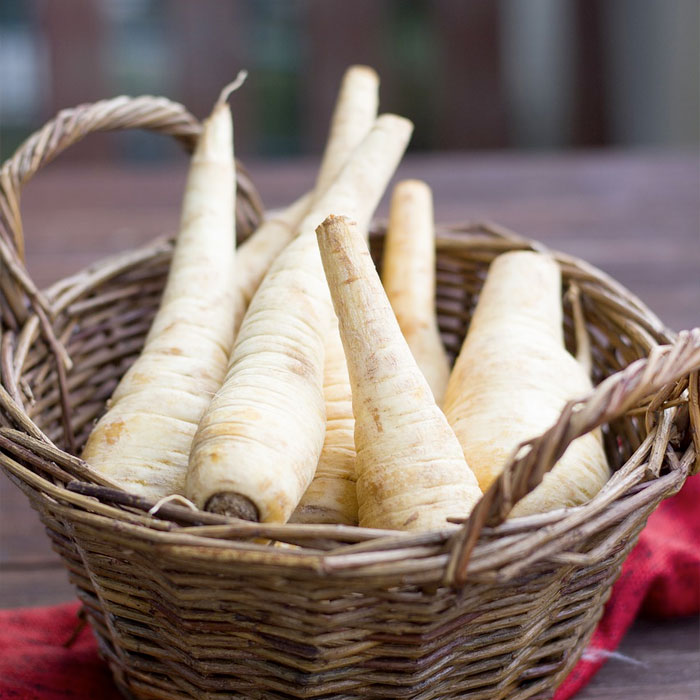
7. Parsnips.
If you opt to grow your own parsnips, consider wearing gloves and long sleeves when dealing with the stems and leaves. The sap contains chemicals that can burn your skin when exposed to sunlight. This doesn’t usually cause a lot of problems for gardeners, but in some people the affected skin can remain discoloured and sensitive for up to two years.

8. Cranberries.
Cranberries grow quite happily in Canadian climates, to well north of Hudson Bay. Even the large cranberry (Vaccinium macrocarpon), the type you buy in bags from Ocean Spray, are native from south-eastern Manitoba through the Atlantic provinces. And you don’t need a bog to grow them. They grow in acidic soil, like blueberries, and while they like a lot of moisture, they don’t like to sit in it. In fact, those scenes of collecting cranberries in nets over a pond are only examples of harvesting them commercially. You can just as easily pick them from the plant like any other berry.
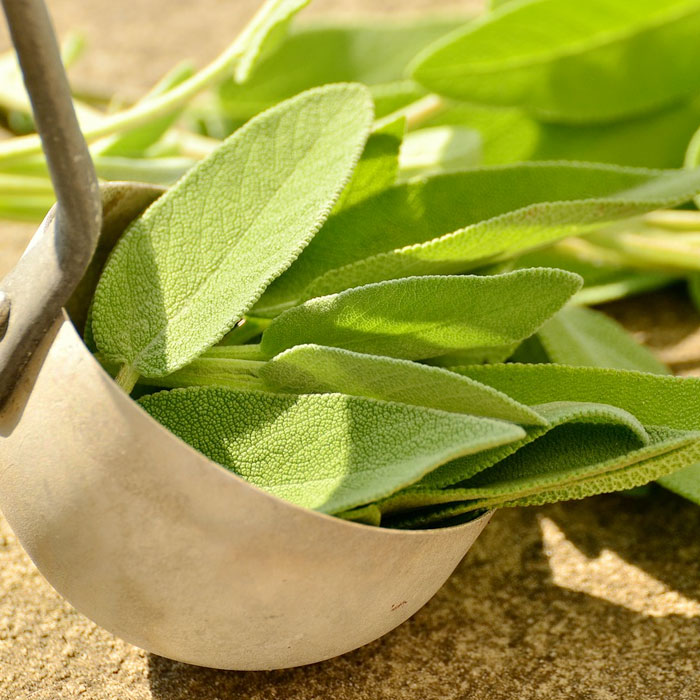
9. Sage.
The herb has been valued since ancient times as an antiseptic, astringent and antibiotic. It was also expected to ward off evil, plague and snakebites. More recently, it is being tested as a treatment for Alzheimer’s. So don’t forget to add some to your stuffing!
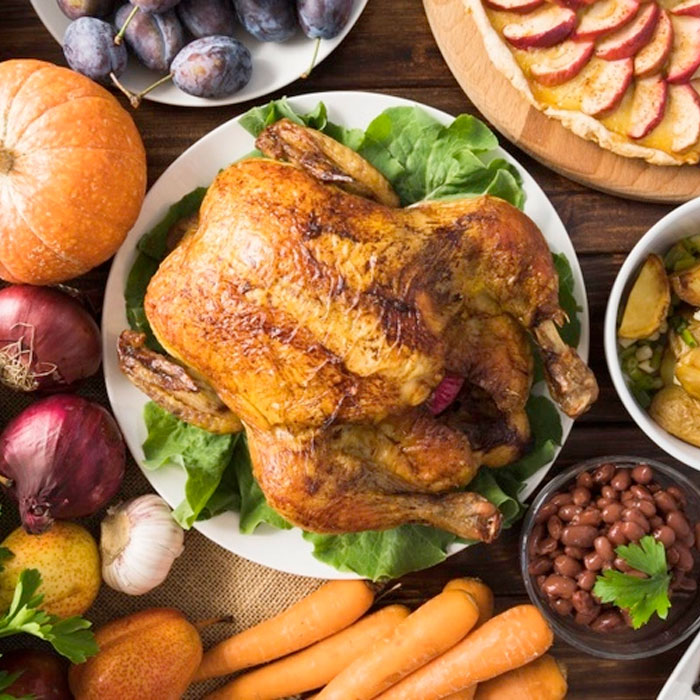
10. Turkey.
So you don’t have to look it up: the temperature you have to cook your turkey to is 165 degrees Fahrenheit, as measured in the thickest part of the thigh.
-Shauna Dobbie Copyright©
Pegasus Publications Inc

